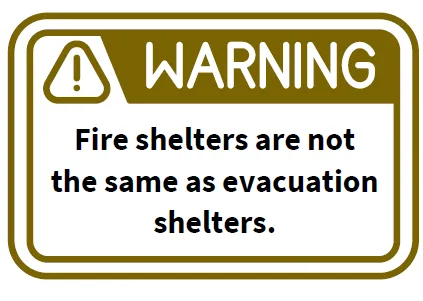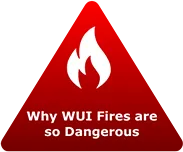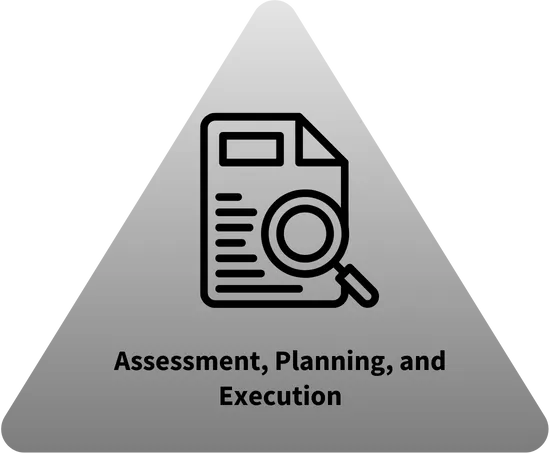
WUI Fire Evacuation and Sheltering Considerations — Assessment Planning and Execution

FIRE SHELTERS
There are currently no standards for WUI fire shelters. Even buildings like schools, hospitals, fire stations and commercial big box stores made from cinder blocks and other hardened wall construction materials burn. This is because wall construction is only a small part of the necessary hardening.
There is a fundamental difference between designing, building, and maintaining a structure to meet existing minimum code requirements compared to a structure with the necessary hardening to stand alone against the expected exposure of both fire (flames) and embers.
Existing Structures
- Existing WUI codes have significant limitations. Current codes are not designed to prevent the structures from igniting. Learn more...
- Instead, codes work with defensible space principles to reduce ignition potential and make the parcel accessible to first responders so they can defend the property.
- Many existing structures will not survive the fire exposures if one or more of the neighboring structures are on fire, particularly in moderate and high-density construction, resulting in an inevitable ignition. In these scenarios, even a well-prepared and hardened structure will present a very dangerous environment for sheltering in place and is not suitable as a fire shelter.
- See the NIST Hazard Mitigation Methodology (HMM) for a comprehensive approach to structure/parcel and community hardening. Not all buildings can be converted to fire shelters.
The Future of Fire Shelters
There is no federal or state guidance available for the placement, construction, and maintenance of shelters than can be used to protect civilians during WUI fires.
The Hazard Mitigation Methodology (HMM) was developed by NIST, together with CAL FIRE and IBHS, to reduce the likelihood of structure ignition. HMM is a comprehensive structure/parcel and community hazard mitigation system that is based on potential fire exposures, independent from parcel boundaries. HMM addresses all exposures from both fire and embers and provides pathways to cost-effectively mitigate the hazards and, when necessary, harden the structures. You can learn more about HMM here.
HMM addresses the ignition resistance of buildings, however, a lot more needs to be done to make sure a building can be classified as a fire shelter (ventilation, electrical, and sanitation requirements). There is ongoing NIST effort in collaboration with WPI to outline Fire Shelter Requirements (NIST GRANT 60NANB24D148). The intent of this work is to help form a foundation for a future Fire Shelter Standard.
Not all buildings can be converted to fire shelters. When fire exposures are extreme, even hardened buildings can be compromised. Learn more...



